This post may contain affiliate links. Please read our disclosure for more info.
Looking to shed some pounds and feel your best? Shedding 10 pounds in a month is a challenging but achievable goal that can jumpstart your weight loss journey!
In this guide, we’ll break down a proven approach that combines healthy eating, effective workouts, and sustainable lifestyle changes. Not only will you reach your weight loss goals, but you’ll also experience increased energy, improved mood, and a newfound confidence in your clothes.
Let’s dive in by understanding healthy weight loss goals and how to set realistic expectations. We’ll then explore simple adjustments you can make to your diet, exercise routine, and daily habits. Remember, we’re in this together! This program will empower you to transform your health, one step at a time.
We all understand the desire to look and feel your best for a special occasion. While crash diets promising rapid weight loss might be tempting, it’s important to focus on healthy habits for long-term success.
Here’s the truth: losing significant amounts of pure body fat in a short time isn’t realistic. However, shedding some water weight can help you appear slimmer for your event.
Let’s explore a safe and effective approach that combines a low-calorie diet, exercise, and lifestyle tweaks to help you reach your goals. Our strategy prioritizes both water weight loss and healthy fat loss, while minimizing muscle loss which can be detrimental.
To minimize muscle loss during workouts, we’ll incorporate a protein-rich diet to aid muscle recovery. Remember, these tips are designed for short-term results and shouldn’t be considered a long-term weight loss plan.
Table of Contents
How to Lose 10 Pounds in a Month (The Healthy Way!)
Shedding 10 pounds in a month is a challenging but achievable goal. This guide will provide a sustainable approach that combines healthy eating habits with effective exercise. Here are some key steps to get you started:
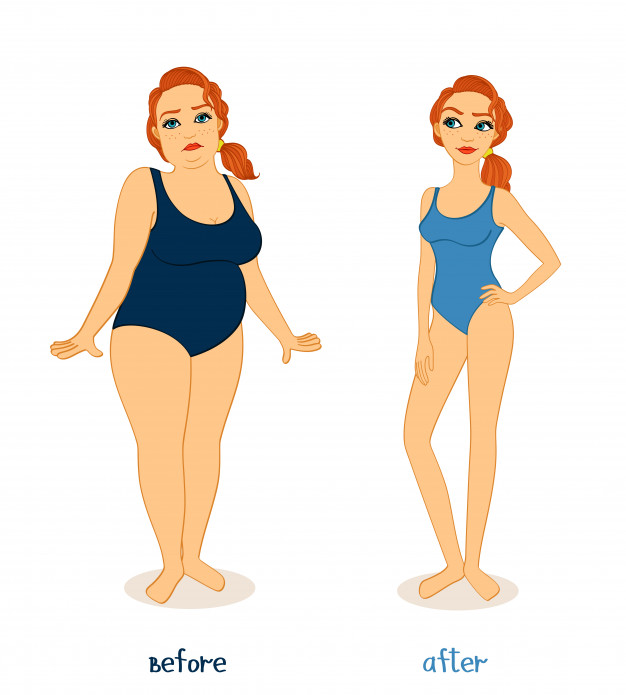
-
Focus on Whole, Unprocessed Foods: Ditch the processed foods loaded with calories, sugar, and unhealthy fats. Instead, prioritize fruits, vegetables, whole grains, and lean proteins.
-
Increase Protein Intake: Protein helps you feel fuller for longer and can help preserve muscle mass during weight loss. Include lean protein sources like chicken, fish, beans, and lentils in your meals.
-
Make Smart Choices to Reduce Cravings: Processed foods and sugary drinks trigger cravings. Opt for healthy snacks like fruits, nuts, or yogurt to keep you feeling satisfied.
-
Be Mindful of Portion Sizes: While calorie counting can be helpful, it’s not always necessary. Focus on using smaller plates and listening to your body’s hunger cues.
-
Move Your Body: Aim for at least 150 minutes of moderate-intensity exercise or 75 minutes of vigorous-intensity exercise per week. This can be a combination of activities you enjoy, like brisk walking, swimming, or dancing.
-
Stay Hydrated: Drinking plenty of water throughout the day can help curb cravings and boost your metabolism. Aim for 8 glasses of water daily.
-
Prioritize Sleep: When you’re sleep-deprived, your body produces more ghrelin (the hunger hormone) and less leptin (the satiety hormone). Aim for 7-8 hours of quality sleep each night.
Remember: This is a marathon, not a sprint. Sustainable weight loss is about creating healthy habits you can maintain for the long term. Don’t be discouraged by setbacks, and focus on progress, not perfection!
Here are some additional points to consider removing from the original list:
- Cut high-calorie foods: This is too vague. Focus on replacing unhealthy processed foods with nutrient-rich whole foods.
- Add supplements: Supplements are generally not necessary for healthy weight loss. Focus on getting nutrients from your diet first.
- 1000 calorie workouts: Aiming for a specific calorie burn during exercise isn’t as important as finding activities you enjoy and can stick with consistently.
Step by Step Guide to Lose 10 Pound in a Month
1. Ditch the Processed Stuff, Embrace Whole Foods!
One of the most effective ways to manage your weight is to focus on what you should be eating, rather than what you should eliminate entirely.
Here’s the key: swap out processed foods loaded with calories, sugar, and unhealthy fats for wholesome, unprocessed options. This simple change can significantly impact your weight loss journey.
Focus on these nutritious powerhouses:
- Fruits: Fill your plate with a rainbow of fruits like oranges, apples, berries, grapefruits, and melons. They’re naturally sweet, low in calories, and packed with vitamins and fiber.
- Vegetables: Don’t forget your veggies! Load up on spinach, broccoli, carrots, cucumbers, and leafy greens. They’re bursting with essential nutrients and keep you feeling full for longer.
Why it Works:
These whole foods are not only lower in calories, but your body also burns more energy digesting them compared to processed options. This translates to more calorie burning throughout the day!
Remember:
- Aim for three healthy meals and two snacks daily.
- Don’t skip meals! This can lead to overeating later.
- Focus on portion control. Even healthy foods can be high in calories if you eat too much.
By making these simple swaps, you’ll be well on your way to a healthier you!
2. Power Up with Protein!
Protein is a superstar nutrient for weight loss. It helps build and repair tissues, and including enough protein in your diet can be a game-changer. Here’s why:
- Muscle Maintenance: When you restrict calories, your body might break down muscle for energy. Protein helps prevent this, allowing you to lose fat while preserving muscle mass.
- Feeling Fuller for Longer: Protein keeps you feeling satisfied, reducing cravings and preventing overeating.
- Calorie Burning Bonus: Your body burns more calories digesting and processing protein compared to carbs and fats.
How Much Protein Do You Need?
The exact amount of protein you need depends on your individual factors. However, a general recommendation is:
- Men: Aim for around 56 grams of protein per day.
- Women: Aim for around 46 grams of protein per day.
Delicious Protein Sources:
There are plenty of ways to incorporate protein into your diet, regardless of your preferences:
- Animal protein: Eggs, lean meat (fish, chicken, turkey), and dairy products are all excellent sources.
- Plant-based protein: Beans, lentils, tofu, tempeh, and nuts and seeds are fantastic options for vegetarians and vegans.
- Protein powder: A convenient option for busy lifestyles, but focus on whole food sources first.
Remember: Don’t be fooled by the “extra calorie” warning. While protein does have slightly more calories per gram than carbs or fat, the increased satiety and calorie burning from digestion outweigh that.
Start Your Day Strong:
A protein-rich breakfast can set the tone for a healthy day. Try incorporating eggs, Greek yogurt, or lean meat into your morning routine.
By incorporating these tips, you can harness the power of protein for a successful weight loss journey!
Some Best Source of Proteins –

Building Your Plate with Protein Power
We’ve talked about the importance of protein, now let’s explore how to incorporate it into your meals:
-
Lunch and Dinner: Fill half your plate with colorful, non-starchy vegetables like broccoli, spinach, and peppers. These are low in calories and high in nutrients. Include protein sources like lean meats, fish, lentils, beans, or tofu alongside them. Round out your meal with a small portion of whole grains like brown rice or quinoa. You can also try the high-protein-based Dukan diet for more options.
-
Snacks: Healthy snacks are key for staying energized. Reach for fruits like berries, apples, or oranges for a natural sweetness boost. Pair them with nuts or nut butter for a satisfying protein punch. Greek yogurt or protein shakes are other great options.
Remember:
- Variety is Key: Don’t limit yourself to the foods listed here. Explore a wide range of protein sources to keep your meals interesting.
- Balance is Important: While protein is crucial, don’t ditch healthy fats and complex carbohydrates entirely. Your body needs all three macronutrients for optimal health.
By incorporating protein-rich options throughout your day, you’ll feel fuller for longer and support your weight loss goals. However, remember, building healthy habits and a balanced diet is key for long-term success.
Protein Supplements:
While protein supplements can be a convenient option, focus on getting your protein from whole food sources first. Consult a doctor or registered dietitian for personalized advice before taking any supplements.
3. Add More Appetite Reducing Foods
Outsmart Your Hunger with These Filling Foods! Feeling hungry all the time can be a major roadblock on your weight loss journey. But don’t worry, there are delicious foods that can help you feel fuller for longer and keep cravings at bay.
Nature’s Appetite Suppressants:
These powerhouses are packed with nutrients that keep you feeling satisfied, reducing the urge to overeat:
- Fiber Fantastic Foods: Fruits like apples and berries, vegetables (especially leafy greens), and whole grains like oatmeal are all high in fiber. Fiber takes longer to digest, keeping you satiated for extended periods.
- Protein Powerhouses: Lean protein sources like eggs, chicken, fish, beans, and lentils are your allies. They take more energy to digest and help regulate appetite hormones.
- Healthy Fats Don’t Hurt: Don’t be afraid of healthy fats found in avocados, nuts, and seeds. They promote feelings of fullness and can curb cravings.
Bonus Tips:
- Hydration Hero: Water is essential for overall health and can also help curb hunger pangs. Aim for eight glasses daily.
- Soup’s On!: Studies show that broth-based vegetable soups can be surprisingly filling. They’re low in calories and high in nutrients.
- Spice Up Your Life!: Certain spices like cinnamon, ginger, and cayenne pepper may help regulate blood sugar and boost metabolism, potentially aiding weight loss.
Remember:
These are just some suggestions. Experiment and find healthy foods that keep you feeling satisfied throughout the day.
Here are some additional points to consider removing:
- Focus on overall hunger management, not just gym performance.
- Avoid the term “fat-burning herbs and spices.” While some spices might have a slight metabolic boost, the effect is minimal. Focus on their overall health benefits.
By incorporating these hunger-fighting strategies, you’ll be well on your way to managing your appetite and achieving your weight loss goals!
Some Best Appetite Foods; Save it for later-
- Almonds
- Avocados
- Flax seed
- Greek yogurt
- Vegetables soups
- Oatmeal
- Black coffee
- Apples
- Proteins such as eggs, meat and legumes
- Sweet potatoes
- Green tea
- Vegetables juice
- Skim milk
- Green salad
- Leafy veggies
- Water
Even some fat burning herbs and spices – cinnamon, pepper, ginger, turmeric, and cumin woks wonder in weight loss.
4. Understanding Calorie Intake for Weight Loss
Calorie intake plays a crucial role in weight management. Here’s a breakdown to help you understand your needs:
-
Maintaining Weight: The average recommended daily calorie intake for men is around 2,500 calories and for women, around 2,000 calories. This assumes a normal activity level.
-
Weight Loss: To lose weight, you need to create a calorie deficit. This means burning more calories than you consume. However, drastic calorie restriction (less than 1,500 calories) can be counterproductive and lead to muscle loss.
Finding Your Calorie Target:
The best approach is to calculate a moderate calorie deficit that’s safe and sustainable for you. This can be done using online calculators or consulting a registered dietitian.
A Sample Calorie Breakdown:
To consume 1200-1300 calories every day, you need to take essential calories required for breakfast, lunch, dinner, and snacks every day. Here’s a breakdown of the calorie target for each meal:
– Breakfast – 300 Calories
– Lunch – 400 Calories
– Dinner – 500 Calories
– Snacks – 150 Calories
Get low-calorie menu ideas for breakfast, lunch, dinner, and snacks here.
Focus on Quality, Not Just Quantity:
While reducing calorie intake is important, focus on what you eat as well. Opt for nutrient-rich whole foods over processed options. This will ensure you feel satisfied and get the vitamins and minerals your body needs.
5. Get Moving! Exercise for Weight Loss
Exercise is a crucial partner in your weight loss journey. Here’s how it helps:
- Burns Calories: Physical activity helps create a calorie deficit, essential for weight loss.
- Boosts Metabolism: Regular exercise can slightly increase your metabolism, helping you burn more calories even at rest.
- Builds Muscle: Muscle burns more calories than fat, so building muscle mass can improve your long-term calorie burning potential.
Finding the Right Fit:
The unrealistic workout examples (10 hours of jogging!) highlight the importance of finding activities you enjoy and can stick with. Here are some ideas:
- Cardio: Aim for at least 150 minutes of moderate-intensity cardio or 75 minutes of vigorous-intensity cardio per week. This could be brisk walking, swimming, cycling, dancing, anything that gets your heart rate up!
- Strength Training: Include strength training exercises 2-3 times a week to build muscle. Bodyweight exercises, free weights, or resistance bands are all great options.
- Find Activities You Love: Don’t force yourself into activities you hate. Explore different exercise options until you find something you enjoy. This will make it easier to stay consistent.
Listen to Your Body:
- Start Slowly: Especially if you’re new to exercise, begin gradually and gradually increase the duration and intensity over time.
- Rest and Recovery: Don’t push yourself too hard. Schedule rest days for your body to recover and rebuild muscle.
- Consult a Doctor: If you have any health concerns, consult your doctor before starting a new exercise program.
Remember: Consistency is key. Aim for at least 30 minutes of moderate-intensity exercise most days of the week. You’ll not only burn calories but also feel more energized and maintain your weight loss success in the long run.
By incorporating these tips, you can create a safe and effective exercise routine that complements your weight loss goals!
Take this 30-day walking challenge instead doing intense workouts.
6. Sample Workout Plan:
This is a general guideline, and you can adjust it based on your fitness level and goals.
- Frequency:
- Beginners: Aim for 1-2 workouts per week.
- Advanced: Aim for 3-4 workouts per week.
- Duration:
- Each workout should last for 30-60 minutes.
- Intensity:
- Beginners: Start with moderate-intensity exercises and gradually increase intensity as you get fitter.
- Advanced: You can incorporate high-intensity intervals or more challenging exercises.
- Calorie Burn:
- The exact calorie burn depends on various factors like your weight, intensity, and duration. It’s more accurate to focus on effort level than a specific calorie target.
Splitting Workouts (Optional):
You can split your workouts into morning and evening sessions, but ensure you listen to your body and choose a schedule that works for you.
Remember:
- Listen to your body: Don’t push yourself too hard, especially when starting.
- Warm-up and cool-down: Always include a warm-up before your workout and cool-down afterward.
- Rest and recovery: Schedule rest days to allow your body to recover and rebuild muscle.
- Consult a doctor: If you have any health concerns, consult a doctor before starting a new exercise program.
Additional Tips:
- Focus on variety: Include a mix of cardio, strength training, and flexibility exercises in your routine.
- Find activities you enjoy: This will make it easier to stick with your workout plan in the long term.
By following these tips and personalizing the plan to your needs, you can create a safe and effective workout routine that supports your weight loss goals.
Morning and Evening Workout Routine:
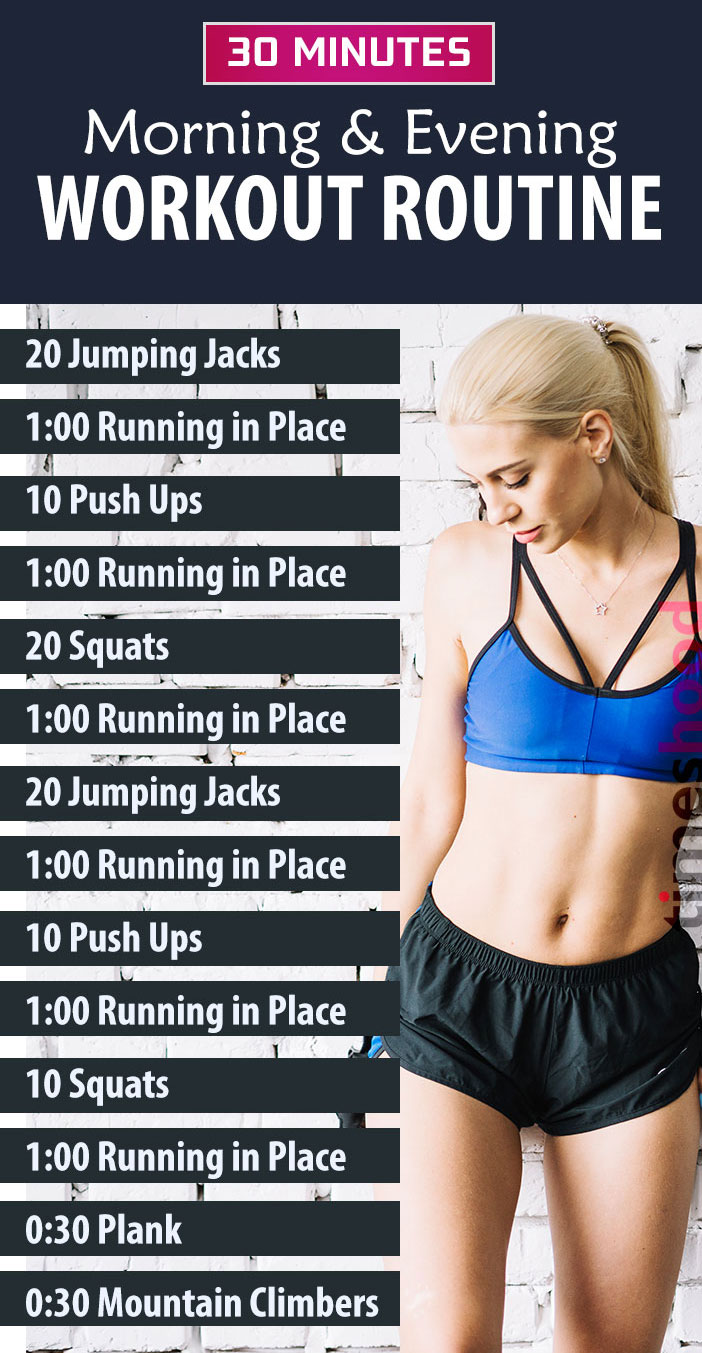
7. Water: Your Weight Loss Ally!
Water is essential for overall health and plays a role in weight loss. Here’s how:
- Aids Digestion: Proper hydration helps your body digest food efficiently, which can contribute to weight management.
- Boosts Satiety: Drinking water before meals can help you feel fuller and potentially reduce calorie intake.
- Supports Metabolism: While the exact calorie burn from water is debated, staying hydrated can play a small role in boosting your metabolism.
Benefits of Drinking Water For Weight Loss-
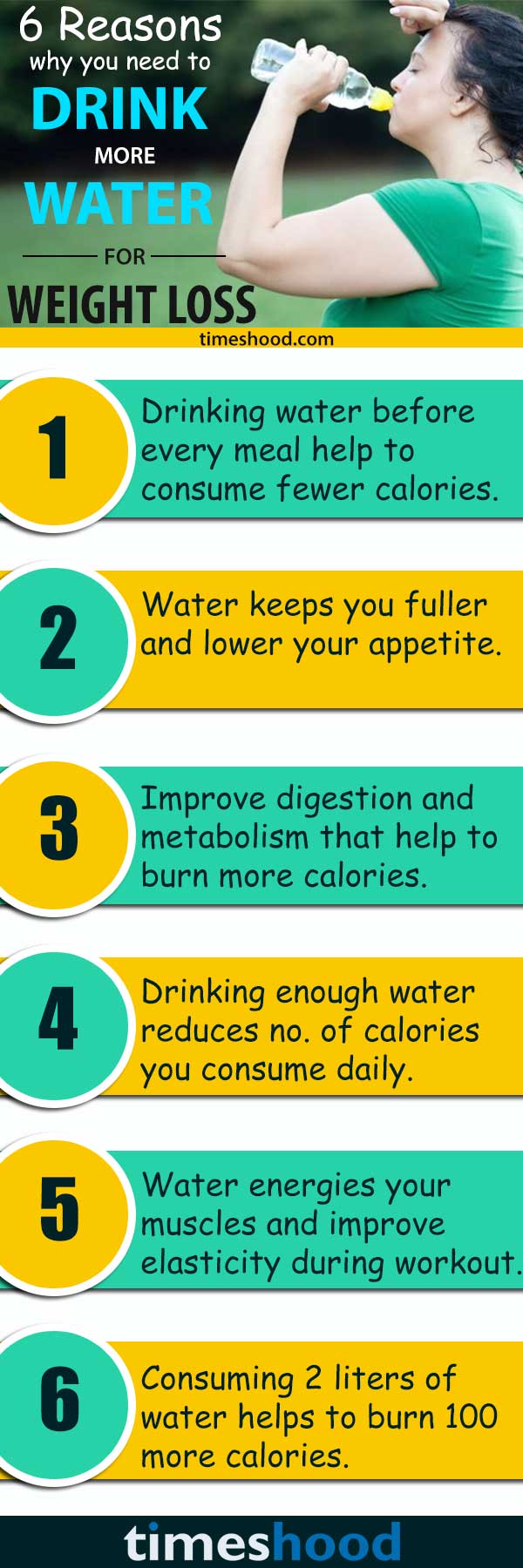
How Much Water Should You Drink?
There’s no one-size-fits-all answer. The amount of water you need depends on factors like activity level, climate, and overall health. However, a good general guideline is to aim for eight glasses (around 2 liters) of water daily.
Listen to Your Thirst: Pay attention to your body’s cues. Feeling thirsty is a sign you need to drink water.
By staying hydrated, you’ll support your weight loss journey and experience numerous other health benefits.
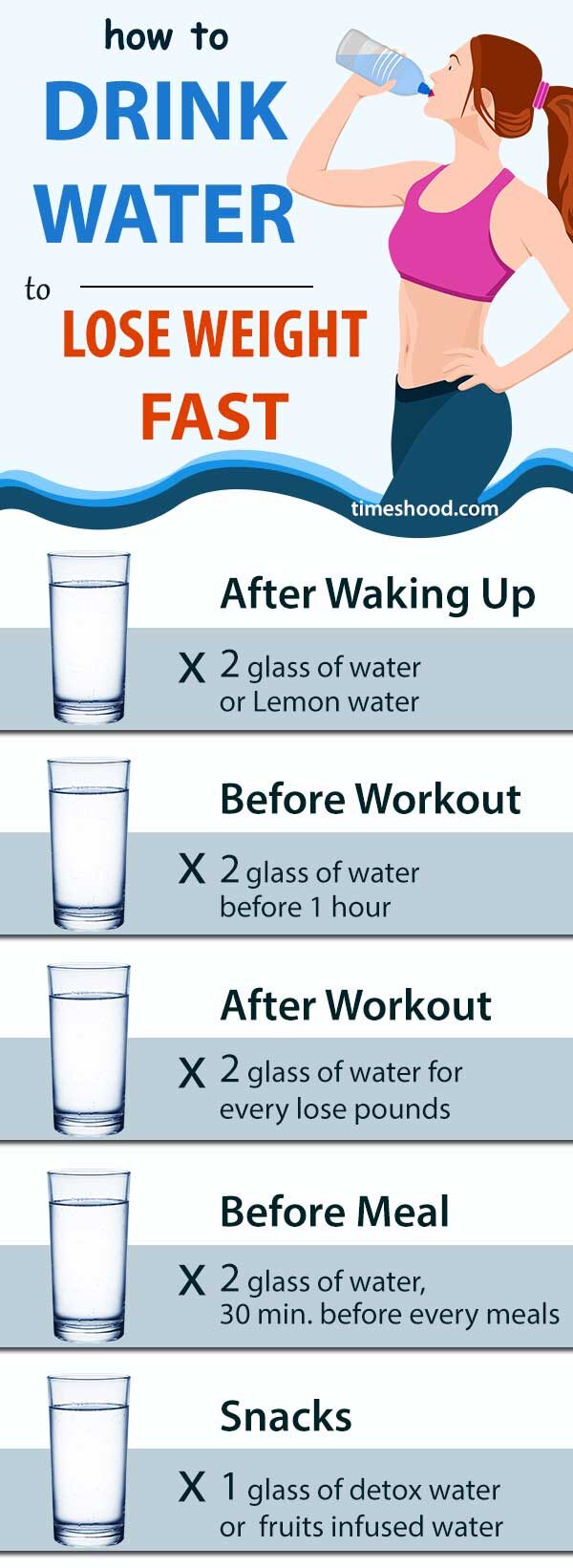
8. Sleep for Success!
Getting enough sleep is crucial for weight loss and overall health. Here’s why:
- Regulates Hormones: Sleep impacts hormones that control hunger and satiety. When you’re sleep-deprived, your body produces more ghrelin (the hunger hormone) and less leptin (the satiety hormone), making you crave more food.
- Boosts Metabolism: While sleep doesn’t burn a significant amount of calories like the text suggests, it can slightly influence your metabolic rate.
How Much Sleep Do You Need?
Most adults need around 7-8 hours of sleep per night. However, individual needs may vary.
Prioritize Sleep Hygiene:
- Create a relaxing bedtime routine.
- Stick to a consistent sleep schedule, even on weekends.
- Make your bedroom sleep-conducive: dark, quiet, and cool.
By prioritizing quality sleep, you’ll regulate your appetite, support your metabolism, and feel more energized throughout the day, all of which can contribute to your weight loss goals.
Overall Summary To Lose 10 Pounds In a Month
Losing 10 pounds in a month is a challenging goal. Here’s a guide to healthy habits that can help you reach your weight loss goals:
- Focus on Whole Foods: Ditch processed foods, sugary drinks, and unhealthy fats. Prioritize fruits, vegetables, whole grains, and lean proteins.
- Incorporate Protein: Protein helps you feel fuller for longer and can aid in muscle preservation during weight loss.
- Mindful Eating: Consider portion control and focus on listening to your body’s hunger cues.
- Move Your Body: Aim for at least 150 minutes of moderate-intensity exercise or 75 minutes of vigorous-intensity exercise per week. Find activities you enjoy!
- Stay Hydrated: Drinking plenty of water throughout the day is crucial for overall health.
- Prioritize Sleep: Getting 7-8 hours of quality sleep is essential for regulating hormones and metabolism.
- That’s it!
Remember:
- Weight loss is a gradual process. Focus on creating healthy habits you can maintain for the long term.
- Consult a doctor or registered dietitian for personalized advice before starting any new diet or exercise program.
Embrace a Healthier You!
Making small, gradual changes to your diet and exercise routine is key to long-term success. By making sustainable changes to your diet and lifestyle, you can reach your weight loss goals and improve your overall health. This approach is more likely to become a healthy lifestyle you can enjoy.
As you incorporate these changes, you’ll start to feel the positive effects – increased energy, improved mood, and a stronger body.
We’re here to support you on your weight loss journey!
Source and References:
- National Institutes of Health (NIH): https://www.niddk.nih.gov/health-information/weight-management/adult-overweight-obesity
- Centers for Disease Control and Prevention (CDC): https://www.cdc.gov/healthyweight/index.html
- American Heart Association (AHA): https://www.heart.org/en/healthy-living/healthy-eating/losing-weight
- American College of Sports Medicine (ACSM): https://pubmed.ncbi.nlm.nih.gov/19127177/
- Academy of Nutrition and Dietetics: https://www.eatright.org/
- Mayo Clinic: https://www.mayoclinic.org/healthy-lifestyle/weight-loss/in-depth/mayo-clinic-diet/art-20045460
- Harvard Health Publishing: https://www.health.harvard.edu/diet-and-weight-loss/lose-weight-and-keep-it-off

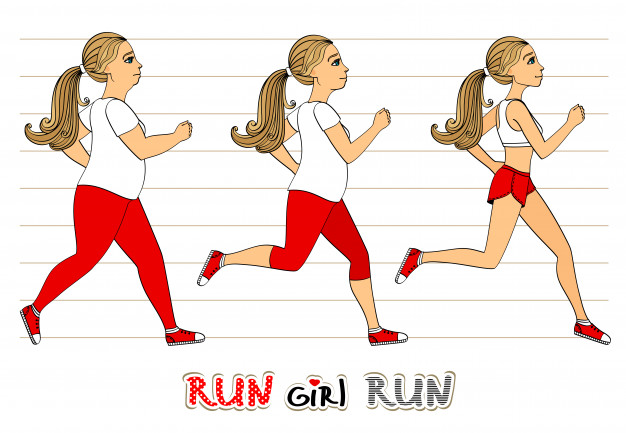






Great Article and advice!